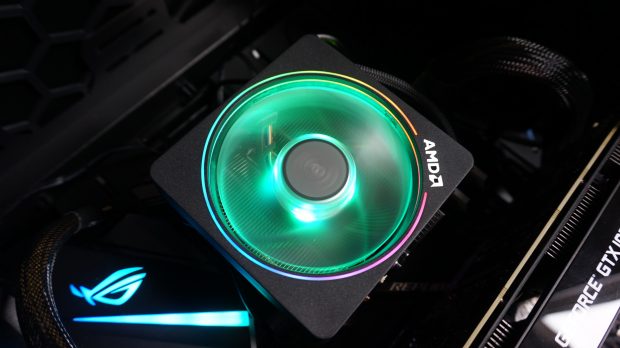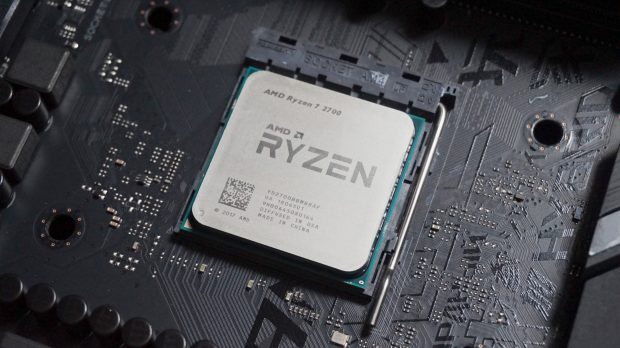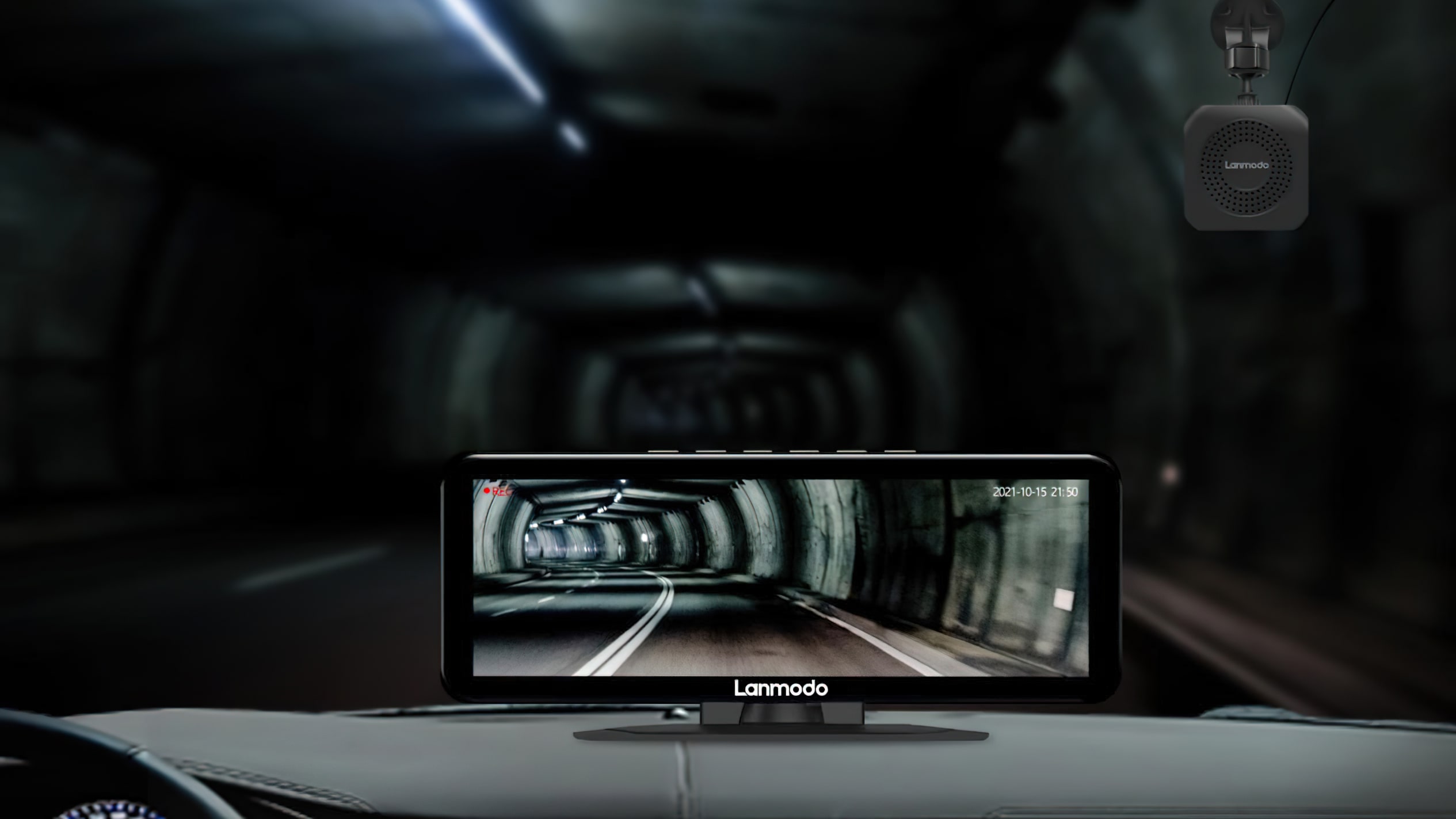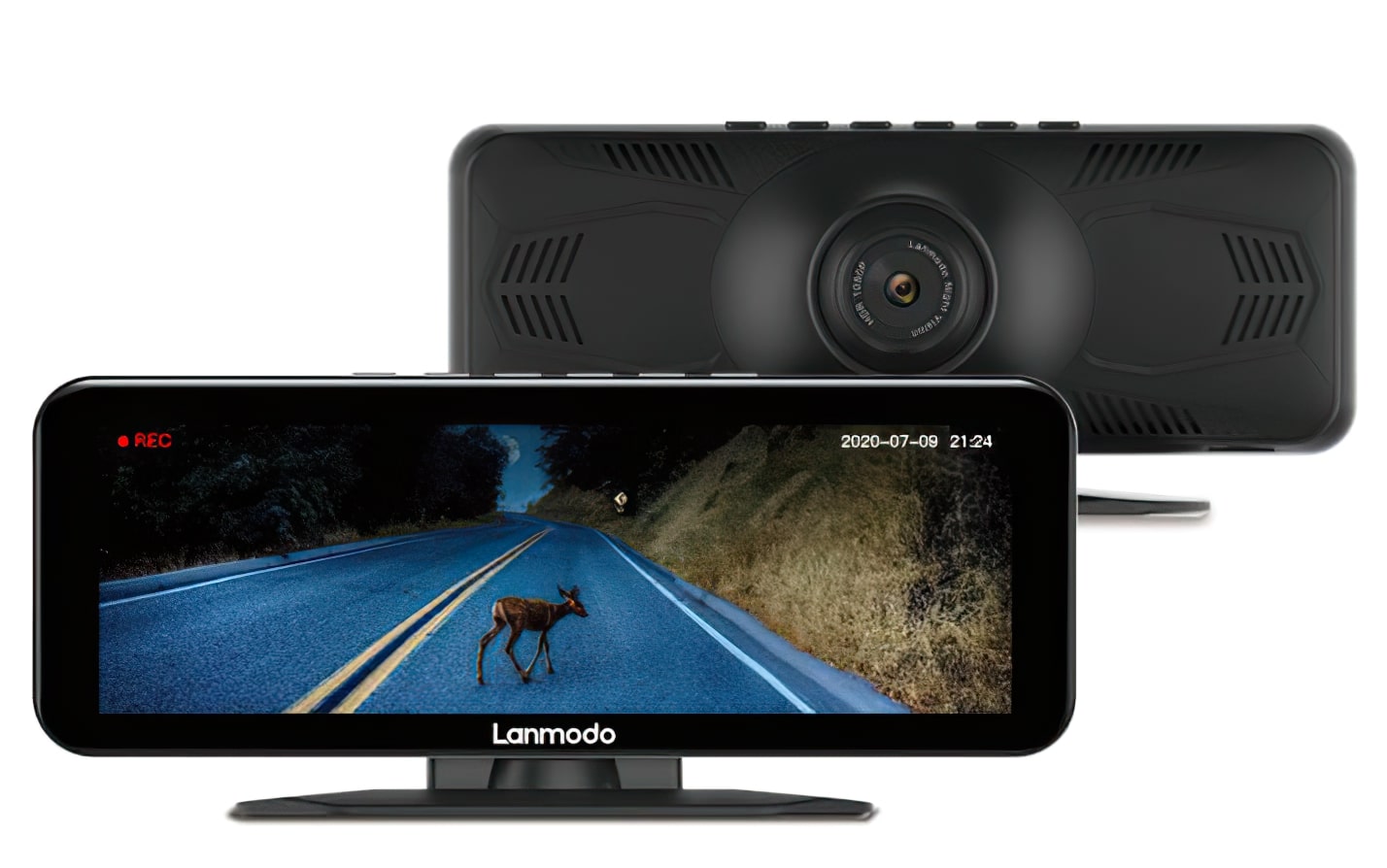
AMD’s 2nd Gen Ryzen+ CPUs have placed on a reasonably spectacular present thus far, from the entry-level Ryzen 3 2200G and Ryzen 5 2400G with built-in Radeon Vega graphics proper as much as the mid-range Ryzen 5 2600 and 2600X – which for my cash are higher buys than Intel’s present crop of Core i5 chips. Now it’s time to take a look at AMD’s pair of flagship processors for 2018, the Ryzen 7 2700 and its souped-up counterpart, the 2700X.
With eight cores and 16 threads every, these top-end CPUs are AMD’s reply to Intel’s fancy eighth Gen Core i7 Coffee Lake chips, most notably the Core i7-8700 and its unlocked, overclockable sibling, the Core i7-8700Ok. Can AMD pull off that coveted hat-trick of CPU brilliance? The reply would seem like…type of, nearly, but in addition not fairly.
From a money-saving viewpoint, there are a variety of issues AMD get proper – and goodness is aware of all of us may do with a little bit of that today given the current price hikes of right now’s best graphics cards, RAM and actually every part else concerned with constructing a brand new PC.
Firstly, they’ve had the nice sense to incorporate a cooler – and pretty substantial coolers at that – within the field with every chip, which is one thing final yr’s Ryzen 7 1700X patrons sadly missed out on. With the Ryzen 7 2700, you get the RGB Wraith Spire cooler, whereas the 2700X nets you the even beefier, direct-contact warmth pipe-equipped Wraith Prism (pictured beneath), whose RGB USB header provides you per-RGB gentle management across the ring and its clear fan blades (simply be sure you obtain the considerably hidden software program for it from CoolerMaster earlier than you start).

You don’t get any of that when shopping for Coffee Lake, and neither do you get the possibility to doubtlessly reuse your present motherboard to save lots of your self much more money both. For whereas Intel’s eighth Gen Coffee Lake chips nonetheless use LGA 1151 socket motherboards, they’re solely appropriate with 300-series chipsets, which suggests you have to improve your motherboard concurrently shopping for a brand new CPU.
AMD, then again, have pledged to assist their AM4 socket motherboards until at least 2020, and all Ryzen+ chips, together with the Ryzen 7 2700 and 2700X, will work with each pre-existing AM4 board that’s at the moment on sale. Existing AM4 homeowners will possible must carry out a BIOS replace to be sure you can slot them straight in (until you fancy upgrading to the brand new X470 motherboards which have Ryzen+ assist straight out of the field), nevertheless it’s a welcome gesture nonetheless.
There’s additionally the moderately good bonus that each the Ryzen 7 2700 and 2700X at the moment price lower than their predecessors did once they first got here out a yr in the past, saving you $30 on the 2700 and $70 on the 2700X. You’re nonetheless taking a look at laying out significantly greater than the pair of 2nd Gen Ryzen 5s, after all, however even at £257 / $292 for the 2700 and £283 / $325 for the 2700X, they’re nonetheless cheaper than shopping for a Core i7, because the 8700 at the moment prices £269 / $302, whereas the 8700Ok will set you again £320 / $350.
Already, then, the Ryzen 7 2700 and 2700X are look fairly tempting, and that’s with out having even opened the field. So let’s get all the way down to the nitty gritty of efficiency.
On paper, you’d be forgiven for considering the 2700 and 2700X are simply barely enhanced variations of their 1700 and 1700X predecessors. It will surely look that method from glancing at their respective base and increase clock speeds (see the desk beneath for a full abstract), however most of Ryzen+’s greatest new options aren’t actually seen from their varied spec sheets.
| CPU | No. of cores / threads | Base clock pace | Boost clock pace | Thermal Design Power (TDP) |
| 8/16 | 3.0GHz | 3.7GHz | 65W | |
| 8/16 | 3.2GHz | 4.1GHz | 65W | |
| 8/16 | 3.4GHz | 3.8GHz | 95W | |
| 8/16 | 3.7GHz | 4.3GHz | 105W |
Instead, what Ryzen+ actually brings to the desk is accessibility, permitting you to get the very best speeds out of your CPU wherever attainable with out even the vaguest whiff of getting to tinker round in your motherboard’s BIOS settings and begin overclocking them manually. And it’s all all the way down to AMD’s new and improved Precision Boost 2 and XFR 2 (or Extended Range Frequency 2) tech.
Provided there’s sufficient thermal headroom on supply, Precision Boost 2 runs every core as quick as attainable each time it may, supplying you with higher multitasking efficiency when the CPU isn’t utterly maxed out, comparable to enjoying and streaming video games concurrently or modifying photographs whereas searching the online.
XFR 2, in the meantime, will hold boosting the clock pace as much as 100MHz over the processor’s max restrict when temperatures permit. Admittedly, you’ll most likely want a beefier cooling system in place than the inventory coolers that come within the field to essentially see the advantages of XFR 2, however there’s no denying that collectively these two bits of tech make each Ryzen 7 chips much more user-friendly than earlier generations of AMD CPU. Indeed, for those who do begin overclocking them manually, each PB2 and XFR 2 get turned off, which might really lead to worse efficiency until you overclock every chip near their max increase clock pace.

As such, I’ve examined each chips as they arrive out of the field, pairing them with an Asus ROG Strix X470-F Gaming motherboard, 16GB of G.Skill Sniper X RAM, an Nvidia GeForce GTX 1070Ti graphics card and a Samsung 850 Evo SSD. Starting with Cinebench R15, which makes use of Maxon’s real-world Cinema 4D engine to render a posh, photorealistic scene of 3D orbs and baubles replete with anti-aliasing, lighting and different CPU-draining results, each Ryzen 7 chips put in pretty respectable performances. Sort of.
In phrases of single core zippiness, the Ryzen 7 2700 doesn’t fare significantly effectively. Its Cinebench rating was simply two factors forward of the Ryzen 5 2600X, for instance, which by extension means it’s neither as quick as Intel’s Core i5-8600Ok, or both of its Core i7 rivals.
In a method, it’s not shocking given the 2700’s decrease base clock pace of three.2GHz (the 2600X begins at 3.6GHz), however even the Ryzen 7 2700X (which has a base clock of three.7GHz), solely managed a 5% enchancment over its non-X 2700 counterpart – and even that also isn’t pretty much as good as what I received out of the Core i5-8600Ok.

Single core efficiency, then, isn’t Ryzen+’s robust level, however traditionally this has all the time been an space the place AMD have suffered in comparison with Intel. Instead, the actual advantages come while you flip to AMD’s multicore efficiency, which in flip has usually tended to be Intel’s foremost weak point.
The Ryzen 7 2700, as an illustration, sailed previous every part however the 2700X in Cinebench’s multicore check, providing a 14% increase in pace over the 2600X, a large 32% enchancment over the Core i5-8600Ok, and a rise of round 9% in comparison with the Core i7-8700Ok. The 2700X was even additional forward, coming in 13% quicker than the common 2700, and a large 21% faster than the Core i7-8700Ok.
That 13% bounce over the Ryzen 7 2700 is important, too, because it makes the 2700X really feel like a correct improve in comparison with the scenario between AMD’s two Ryzen 5 chips. Here, the 2600X solely gives a mere 5% bump over the common 2600 – and that’s in each single and multicore efficiency. When each X variants price round £20-25 / $30 greater than their non-X counterparts, your cash’s undoubtedly going so much additional with the 2700X than it’s the 2600X.

I noticed related leads to Geekbench 4, too, though right here the Ryzen 7 2700 really got here in simply behind the Ryzen 5 2600X on single core efficiency moderately than simply forward of it. Still, the distinction in multicore efficiency performed out a lot the identical method, with the 2700X rising victorious over its Intel rivals as soon as once more.
When it involves enjoying video games, nevertheless, there appears to be a lot much less in it, no matter whether or not you go for one of many Ryzen 7 chips, a Ryzen 5, or one in all Intel’s lot. Of course, your CPU isn’t precisely essentially the most important part with regards to gaming, nevertheless it’s nonetheless necessary for sure physics results and particle bits and items when there’s so much taking place onscreen.
Indeed, after I put them via Rise of the Tomb Raider’s inside benchmark, which sees Lara stand on high of the snowy mountain from the start of the sport, gaze in marvel on the dashing waterfalls from the early-on ruins in Syria, and do a digital camera sweep via the misty haze of the late-game’s demanding geothermal valley, each Ryzen 7s spat out nearly an identical body charges to the Ryzen 5s on Very High, no matter whether or not I ran them at 1920×1080 or 2560×1440.
The Ryzen 7s had been ever so barely forward at 1920×1080, however we’re solely speaking a bounce from 62fps to 64fps in comparison with the bang-on general common of 40fps they produced at 2560×1440. Even their particular person scores throughout all three benchmarks at 1080p had been just about the identical, and it was solely actually the 2700X that confirmed any obscure indicators of superiority – and even then you definitely’re nonetheless solely taking a look at a margin of 1 or two frames throughout each check. When you’re already working that near 60fps anyway, this isn’t one thing you’re really going to note in follow until you’ve received a body fee counter going within the nook of your display.

The Intel Core i7 chips, in the meantime, scooted forward barely at each resolutions, however at 1440p you’re as soon as once more taking a look at an enchancment of simply a few frames. At 1080p, you would possibly get roughly one other 5-10fps, however once more, until you’ve received a excessive refresh fee monitor that does greater than 60Hz, this sort of enchancment isn’t one thing you’re possible going to have the ability to see together with your bare eye for those who’ve received a high-end graphics card.
Even for those who don’t have a GTX 1070Ti at your disposal, although, is one other potential 10fps actually price paying the additional £40 / $25 you’ll must spend over to get the Core i7-8700Ok, to not point out the extra money you’ll must shell out for a cooler as effectively? Personally, I wouldn’t say it was, particularly for those who’re in UK the place the value distinction is extra pronounced than it’s within the US, however there are circumstances to be made in Intel’s favour.
For occasion, for those who’re largely going to be utilizing your PC for gaming and nothing else, then Intel’s superior single core efficiency and ever so barely higher gaming chops could be sufficient so that you can tip the scales within the route of the 8700Ok, no matter all the additional price concerned. After all, it’s not like a chip with this sort of energy received’t have sufficient oomph to deal with simultaneous streaming and different multitasking gubbins successfully, so even when it isn’t fairly pretty much as good because the Ryzen 7s on paper, it’s going to nonetheless do one heck of a good job at it.
Then once more, for those who’re extra of a artistic sort of often offers with modifying photographs and movies in addition to all of the streaming paraphernalia whereas enjoying video games, then I’d undoubtedly err towards the 2700X. It’s arguably a significantly better worth proposition than the common 2700 for day-to-day computing (and undoubtedly higher worth than both of the Core i7s simply usually as effectively), and the 2700X will get you a a lot fancier cooler out of it, too.
Really, although, each of AMD’s Ryzen 7 and Intel’s Core i7 processors are a bit overkill to your common gaming PC, and also you’d most likely be completely joyful by choosing the considerably cheaper £169 / $200 Ryzen 5 2600 as a substitute, which, in my books, is a significantly better purchase than each the 2600X and the Core i5-8600Ok. Still, for those who’ve received the money to spend and are adamant about having the very best of the very best, then the Ryzen 7 2700X actually makes a really compelling case towards Intel’s Core i7-8700Ok. It all simply will depend on what sort of PC you’re seeking to construct, and whether or not you’d moderately save a bit of money within the course of.


